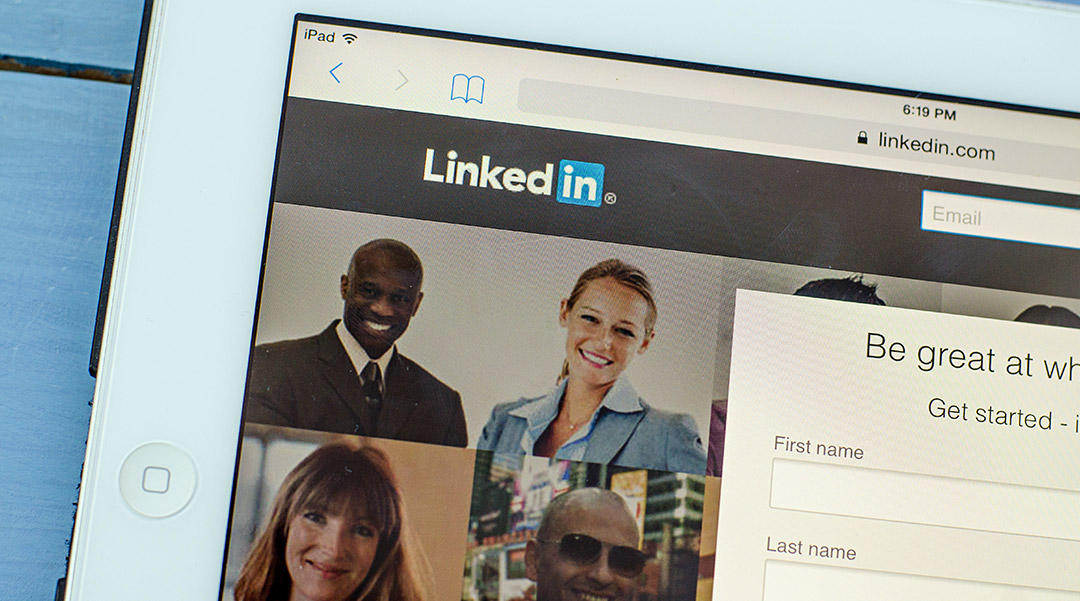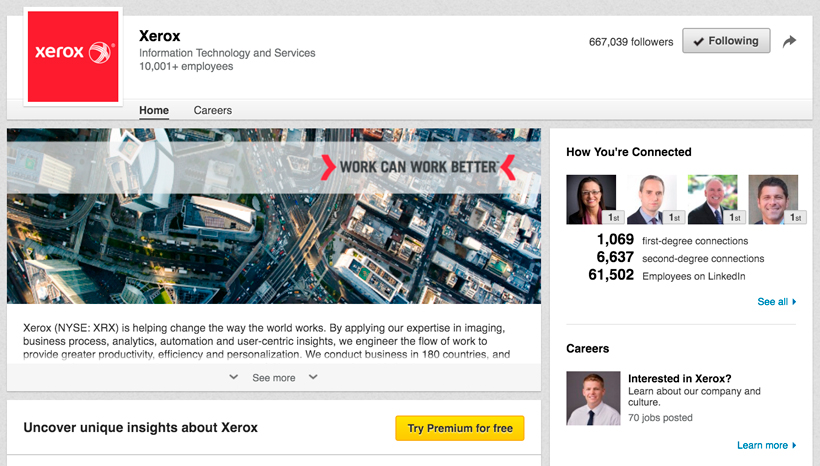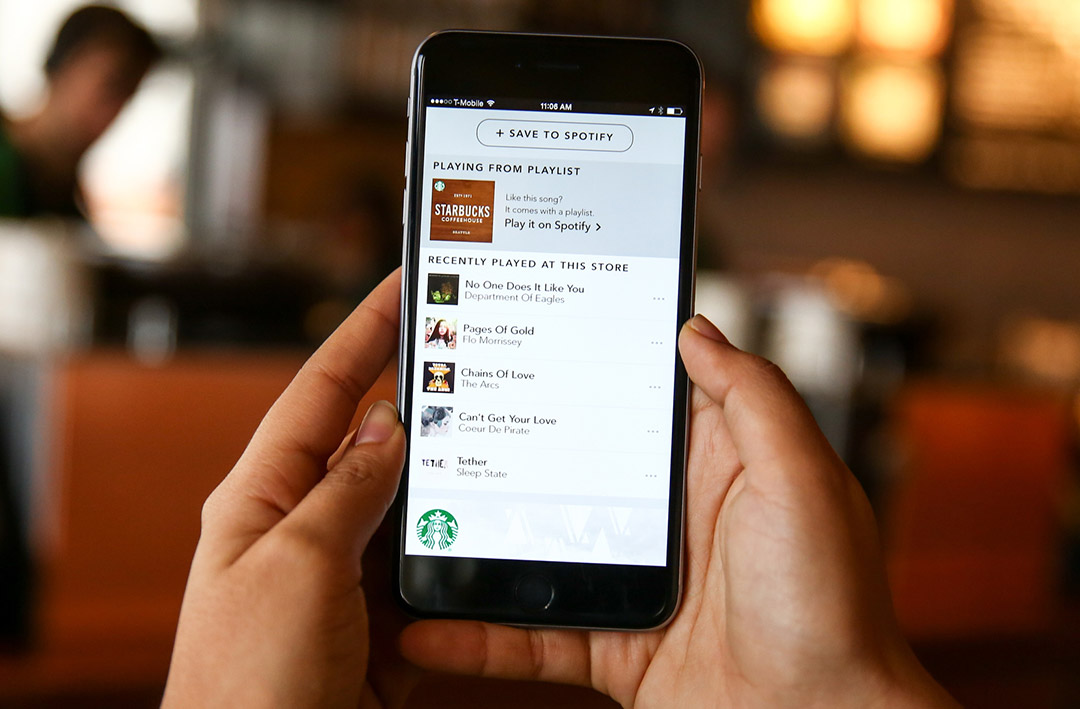A co-branding partnership is an alliance between two organizations that benefits both brands in terms of marketing and brand awareness, perception and audience reach. Successful co-branding partnerships should be clearly aligned to benefit both brands and their mutual customer audiences.
For businesses looking to reach new and relevant audiences and maximize their promotion efforts, a co-branding partnership could be the ideal opportunity. This kind of partnership can amplify brand awareness, boost audience sentiment and improve your content promotion and advertising efforts. Check out this HubSpot post to see some examples of successful co-branding partnerships.
But how do you get this process started? This post shows you how to prepare for a co-branding relationship and how to identify and reach out to a potential branding partner.
Step 1: Identify co-branding opportunities
Start by identifying brands or individuals that would reflect positively on your organization. Make sure you research potential partners thoroughly, because your customer base will associate your company with the partner company, and you don’t want any surprises regarding what they stand for. Look for:
- Companies with a strong brand and core values that reflect what your organization is striving to achieve
- Organizations that target a similar audience — do this by setting up social listening tools
Step 2: Begin researching
Once you come up with a list of five to 10 potential partners:
- Check their website, social networks, customer reviews and any complaints
- Look at how the organizations engage with their audience, and read all review sites like Glassdoor and Yelp
- Consider reaching out to employees, shareholders or customers to better determine sentiment surrounding the company in question
- Call trusted relationships from your personal network and use LinkedIn to determine if you have any close connections with a potential branding partner
Remember that a brand’s identity is the sum of all its departments, employees, marketing channels and customers — dig deep. Your due diligence will inform a strategy that aligns both brands’ needs, and it can also increase the chances of earning buy-in when you are ready to pitch your ideas.
Create a list or spreadsheet to track potential brands or influencers.
Step 3: Find a point of contact at each company
On LinkedIn, use the “advanced search” feature (just to the right of the main search bar) to begin filtering your connections by relationship, location and current company. This works with both free and paid LinkedIn memberships.
You should also check out the company page directly to see if you are connected with anyone at the organization.
Some guidance for your search:
- Look for professionals with leadership titles in the marketing or sales departments — these individuals are more likely to influence company branding decisions
- For smaller organizations, a director-level connection may suffice; for larger organizations, look for senior vice president and above
Step 4: Prepare your co-branding proposal
You’ve identified a potential partnership and point of contact. Now it’s time to craft the proposal. Remember to remain honest and authentic in your approach — the goal is to illustrate how you can provide value.
Start your proposal with a brief introduction of yourself and transition into a top-level idea on how your companies could align. Your ideas could be as simple as content collaborations and brand mentions or as complex as launching an advertising campaign together.
(Word of advice: Start small. A co-branded blog post is a good way to kick off your first try.)
The idea with this email is to highlight your vision without sharing unnecessary information. Consider offering an in-person meeting for coffee or a call to brainstorm your idea further.
For example:
Hello Susan,
My name is Jacob from ThinkWarwick. I notice that we both like to write about content marketing. Would you be interested in writing an article together? Would you like to get coffee next week and discuss?
Thank you!
Of course, the content of your email will differ depending on the type of partnership you have in mind.
Step 5: Meet (or talk on the phone)
When meeting/speaking, explore how your organizations could work together.
Regardless of your intent, concentrate your conversation on listening to the other party’s ideas and let their inspiration flow with ideas. This will help you better understand their sentiment and reveal if a co-branding opportunity is possible.
Step 6: Write it out
Write a co-branding mission statement that details your core beliefs, unique values and business purpose. Ask the company you’re interested in partnering with to do the same and compare notes.
And now, we come to…
The #1 question to answer before co-branding
As your ideas formulate and you look to execute your ideas, answer the following question to align your strategy and better prepare your efforts for success:
Successful companies understand that being customer-oriented is more than adding the words to your core values and branding — it’s the constant act of thinking of your customer’s needs, investing in making their experience better, and perhaps most importantly, listening to them both before and after a sale.
Consider asking the following questions to think about your customers and employees first when approaching a co-branding opportunity.
- What rewards or experiences will the combined audiences benefit from?
- Would customers be interested in using both products or services together?
- Would a partnership make sense for customers and employees—or confuse them?
If both organizations have similar goals in mind for your combined audiences, you are ready to proceed.
Starbucks and Spotify get it right
The optimal partnership brings something new to both your customers and workforce while giving them more incentive to engage with your company.
For example, in 2015, Starbucks announced that it had partnered with the popular music platform, Spotify. At first glance, it seems to be an odd combination — a coffee house and a mobile music app?
The partnership provided 150,000 Starbucks employees with a premium Spotify subscription and encouraged baristas to use Spotify’s software to influence the in-store atmosphere for customers.
Additionally, customers of both Starbucks and Spotify were given exclusive offers and new ways to engage with both brands.
“We’re looking forward to creating unique in-store music experiences while also making more than 20 years of popular Starbucks music available to both Starbucks customers and Spotify’s 60 Million global music fans.” — Daniel Ek, CEO of Spotify
As a result, Starbucks secured a hip, technology-oriented brand partner to better influence the millennial generation, improve employee advocacy, and engage their customer base. Spotify earned the brand recognition and credibility from a large corporation — but the real winners were their customers and employees.
Remember that you are trying to create a solution that is mutually beneficial for your brand and your partner’s brand, as well as the combined customer base. While launching a co-branding relationship could mean big business in the short-term, to better ensure long-term success, make sure both organizations are aligned with putting the customer first.











